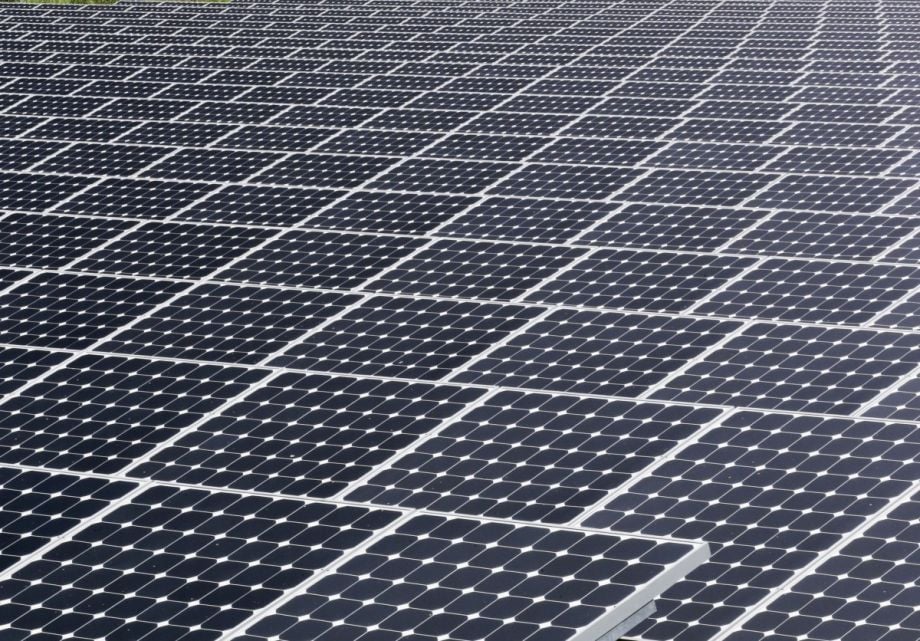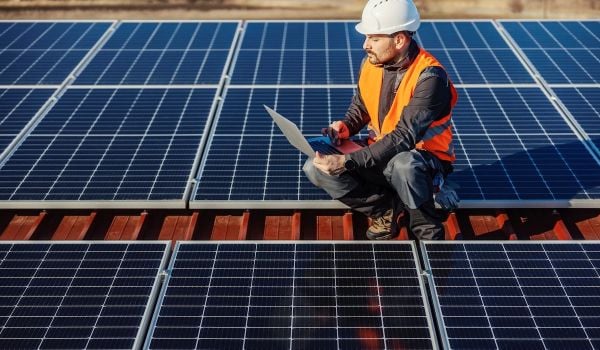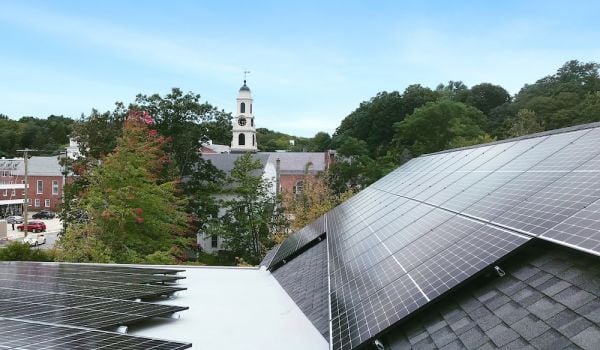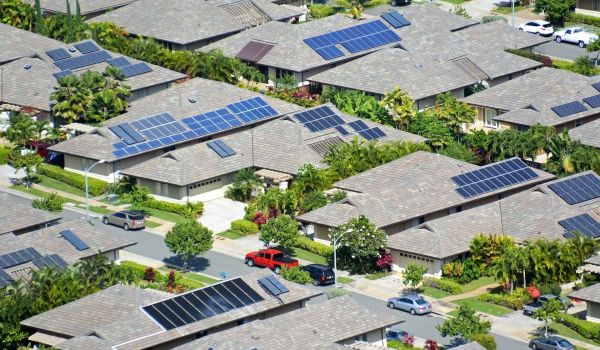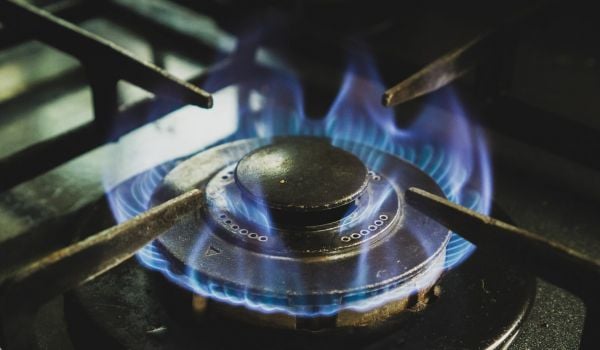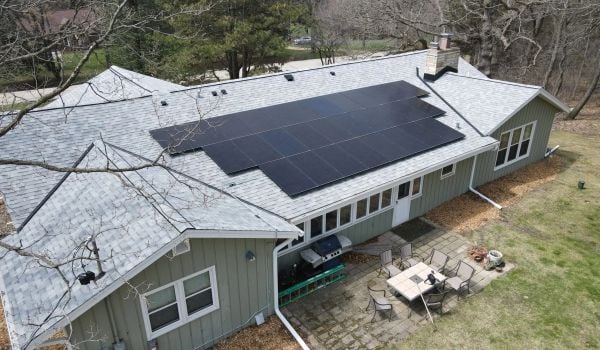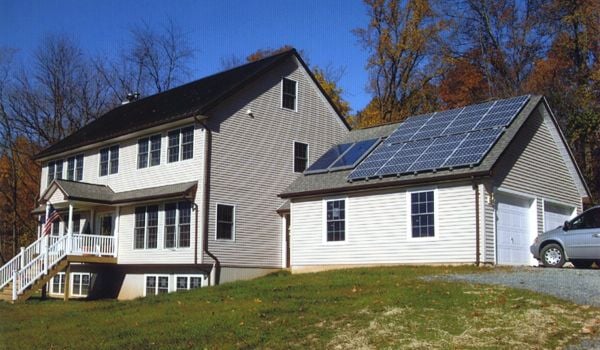Over the past few years, China has been effectively subsidizing renewable energy in the United States through its support for Chinese photovoltaic (PV) manufacturers. Makers of the solar panels have been given “preferential lending, tax programs and other assistance,” according to the European Union.
Whether because of subsidies or because of China’s low-cost environment and innate manufacturing heft, the world’s largest country has also become the world’s largest manufacturer of the PV panels that convert sunlight into electricity.
While these lower-cost solar panels have been a boon for American homeowners, as well as the growing industry of installers, those who compete directly against the Chinese have not been happy. And the trade wars are only heating up — despite efforts by an American solar trade group to convince China to drop its support for its own panel manufacturers, and the U.S. to drop its retaliatory tariffs against the Chinese.
In Europe, German manufacturer SolarWorld complained recently to the European Commission (the EU’s executive body) that Chinese firms are still flooding the market with panels priced below a price ceiling agreed to last year. As the Wall Street Journal explains:
The settlement, which went into effect in August, allows around 100 Chinese companies to export tariff-free to the EU, as long as they keep their prices above 56 European cents (76 cents U.S.) per watt of solar-panel generation. The threshold has since been lowered to 53 European cents.
EU ProSun filed hundreds of pages of documentation to the EU alleging many violations. Among them, the group said JinkoSolar in April offered solar panels for sale at 45 European cents a watt and LDK, at 46 cents.
“Not one Chinese manufacturer seems to follow the agreed minimum prices for imports into the EU,” EU ProSun President Milan Nitzschke said in a statement. “Dumped Chinese solar products continue to flood the EU market, destroying European industry and jobs. The commission must act fast to stop these violations and implement sanctions.”
Meanwhile, on the other side of the Atlantic, the trade war is also escalating. The Department of Commerce is recommending higher tariffs on Chinese panels after finding that the Chinese are avoiding the current duties by funneling their products through nearby countries without tariffs, like Taiwan.
The Solar Energy Industries Association, the American trade group, is none too pleased about the action, putting out a statement saying that, “These damaging tariffs will increase costs for U.S. solar consumers and, in turn, slow the adoption of solar within the United States.” While the cost of installing solar panels is affected by much more than the simple price tag for photovoltaic panels (there’s also things like shipping and installation), this action may marginally raise prices for consumers.
As the San Francisco Chronicle reports:
Low panel prices have been a boon to American solar leasing companies such as SolarCity, Sungevity and Sunrun, as well as smaller, “mom and pop” installation businesses. Last year, the American solar industry added 23,682 jobs, according to a census by the Solar Foundation research group. Only 100 new jobs were in manufacturing.
American PV panel manufacturers, however, are quite pleased. “We look forward to the end of illegal Chinese government intervention in the U.S. solar market, and we applaud Commerce for its work that supports fair trade,” the president of Oregon-based SolarWorld Industries America said in response to the federal government’s action.
With the Commerce Department’s recommendations likely to be enacted, this dashes industry hopes that the trade war between the U.S. and China over solar panels will cool down. Expect to see further retaliatory tariffs by the Chinese — and possibly more compensatory action by the United States, unless a truce is called.
The Works is made possible with the support of the Surdna Foundation.
Stephen J. Smith is a reporter based in New York. He has written about transportation, infrastructure and real estate for a variety of publications including New York Yimby, where he is currently an editor, Next City, City Lab and the New York Observer.


